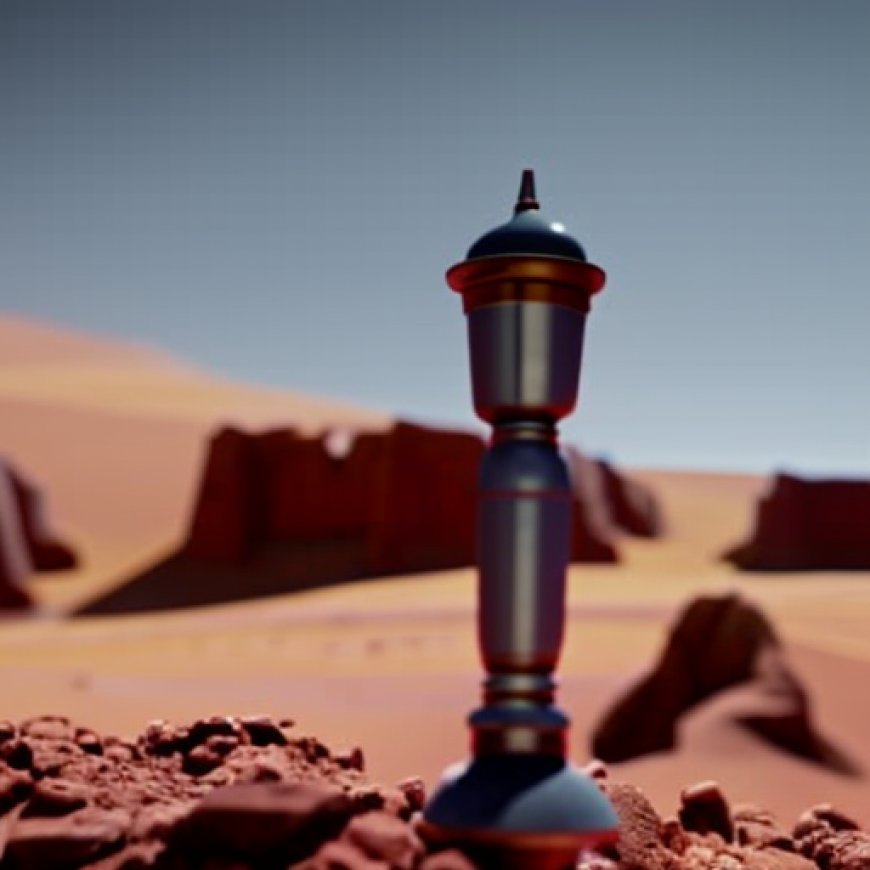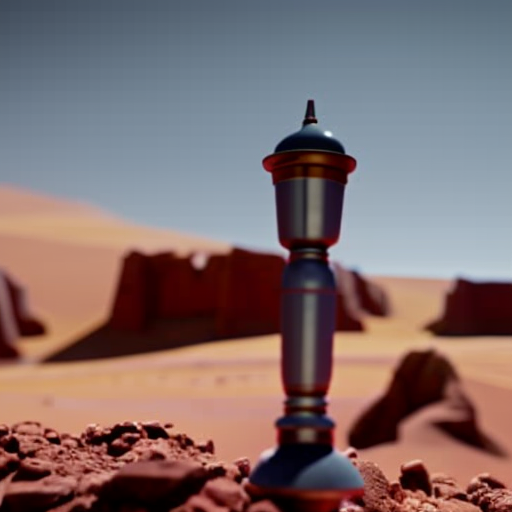The Moroccan government prioritises drinking water supply to all regions of the country
The Moroccan government prioritises drinking water supply to all regions of the country Atalayar EN


The Moroccan government determined to supply drinking water to all citizens
In order to ensure the supply of drinking water to all regions of Morocco, the government of Aziz Akhannouch is accelerating the pace of implementation of water infrastructure projects, striving to find innovative solutions and raising awareness of the reasonable use of water.
- The Moroccan government determined to supply drinking water to all citizens
- Programmes and alternatives to deal with the water and agriculture challenge
The Moroccan government determined to supply drinking water to all citizens
In the context of managing the water shortage crisis, the Minister Delegate for Relations with Parliament and government spokesman, Mustafa Baïtas, said that the government is taking a series of measures aimed at accelerating the pace of construction of several dams and river basin interconnection projects.
These measures are part of the government’s strategy to address the challenge of water security. This includes the national programme for seawater desalination plants, the programme for the reuse of treated wastewater and the programme for water saving in drinking water supply and distribution networks.
With regard to short-term water management, Baïtas stressed that the objective is to achieve optimal mobilisation of water resources, especially in dams, wells and existing desalination plants, as well as to install emergency equipment for water transfer and supply.
The Government reinforces, in this line, the vigilance to face the water challenge and adopts as emerging measures to limit the use of irrigation water and to reduce the distribution flow whenever and wherever necessary.
Programmes and alternatives to deal with the water and agriculture challenge
For its part, the National Drinking Water Supply and Irrigation Programme (PNAEPI) 2020-2027, with an overall budget of 143 MMDH, aims to address the effects of climate change, develop water supply and strengthen the supply of drinking water in rural areas, with a view to responding to the growing demand for water resources.
The government spokesman stressed the importance of finding alternative solutions for water used in the agricultural sector in order to intensify production and at reasonable costs, on the one hand, and preserve employment opportunities in the rural world, on the other.
Mustafa Baïtas explained that all these measures are being updated and developed in order to address the main problems posed by the drastic decrease in rainfall.
Irrigating a river basin in the Dakhla area by 2026, through innovative methods, will be an efficient solution for the preservation of the region’s agricultural production in the southern territories as well.
The minister stated that the water allocated to agriculture had decreased considerably in recent years, which had led the government to take a number of urgent measures in this regard. The possibility of diverting water from Um Rbii to irrigate several other basins will indeed help to increase agricultural production.
The Moroccan government is therefore mobilised to provide water “in a reasonable manner” to all citizens, without neglecting commitments to provide adequate water to the river basins, especially to avoid the problems of reducing the cultivated area and agricultural production.
The current government is defying time to complete the Casablanca seawater desalination plant within a reasonable timeframe, since, once operational, it would provide more than 300 million cubic metres of water.
SDGs, Targets, and Indicators
-
SDG 6: Clean Water and Sanitation
- Target 6.1: By 2030, achieve universal and equitable access to safe and affordable drinking water for all.
- Indicator 6.1.1: Proportion of population using safely managed drinking water services.
- Indicator 6.1.2: Proportion of population with access to safely managed sanitation services.
-
SDG 2: Zero Hunger
- Target 2.4: By 2030, ensure sustainable food production systems and implement resilient agricultural practices that increase productivity and production, that help maintain ecosystems, that strengthen capacity for adaptation to climate change, extreme weather, drought, flooding, and other disasters, and that progressively improve land and soil quality.
- Indicator 2.4.1: Proportion of agricultural area under productive and sustainable agriculture.
- Indicator 2.4.2: Proportion of total agricultural population with ownership or secure rights over agricultural land, by sex; and the proportion of women among owners or rights-bearers of agricultural land.
Table: SDGs, Targets, and Indicators
| SDGs | Targets | Indicators |
|---|---|---|
| SDG 6: Clean Water and Sanitation | Target 6.1: By 2030, achieve universal and equitable access to safe and affordable drinking water for all. | Indicator 6.1.1: Proportion of population using safely managed drinking water services. |
| SDG 2: Zero Hunger | Target 2.4: By 2030, ensure sustainable food production systems and implement resilient agricultural practices that increase productivity and production, that help maintain ecosystems, that strengthen capacity for adaptation to climate change, extreme weather, drought, flooding, and other disasters, and that progressively improve land and soil quality. | Indicator 2.4.1: Proportion of agricultural area under productive and sustainable agriculture. |
| Indicator 2.4.2: Proportion of total agricultural population with ownership or secure rights over agricultural land, by sex; and the proportion of women among owners or rights-bearers of agricultural land. |
Analysis
-
SDG 6: Clean Water and Sanitation
The article highlights the Moroccan government’s efforts to ensure the supply of drinking water to all regions of the country. This aligns with SDG 6, which aims to achieve universal access to safe and affordable drinking water for all. The government’s focus on implementing water infrastructure projects and finding innovative solutions demonstrates their commitment to addressing the challenge of water stress in the country.
The specific target under SDG 6 that can be identified is Target 6.1: By 2030, achieve universal and equitable access to safe and affordable drinking water for all. The government’s goal of supplying drinking water to all citizens aligns with this target.
The article does not explicitly mention any indicators related to SDG 6, but Indicator 6.1.1 (Proportion of population using safely managed drinking water services) and Indicator 6.1.2 (Proportion of population with access to safely managed sanitation services) can be relevant indicators to measure progress towards achieving universal access to safe drinking water.
-
SDG 2: Zero Hunger
The article also discusses the importance of finding alternative solutions for water used in the agricultural sector to intensify production and preserve employment opportunities in rural areas. This aligns with SDG 2, which aims to end hunger, achieve food security and improved nutrition, and promote sustainable agriculture.
The specific target under SDG 2 that can be identified is Target 2.4: By 2030, ensure sustainable food production systems and implement resilient agricultural practices. The government’s focus on developing water supply, strengthening the supply of drinking water in rural areas, and increasing agricultural production aligns with this target.
The article does not mention any specific indicators related to SDG 2, but Indicator 2.4.1 (Proportion of agricultural area under productive and sustainable agriculture) and Indicator 2.4.2 (Proportion of total agricultural population with ownership or secure rights over agricultural land, by sex; and the proportion of women among owners or rights-bearers of agricultural land) can be relevant indicators to measure progress towards sustainable food production systems and resilient agricultural practices.
Behold! This splendid article springs forth from the wellspring of knowledge, shaped by a wondrous proprietary AI technology that delved into a vast ocean of data, illuminating the path towards the Sustainable Development Goals. Remember that all rights are reserved by SDG Investors LLC, empowering us to champion progress together.
Source: atalayar.com

Join us, as fellow seekers of change, on a transformative journey at https://sdgtalks.ai/welcome, where you can become a member and actively contribute to shaping a brighter future.







